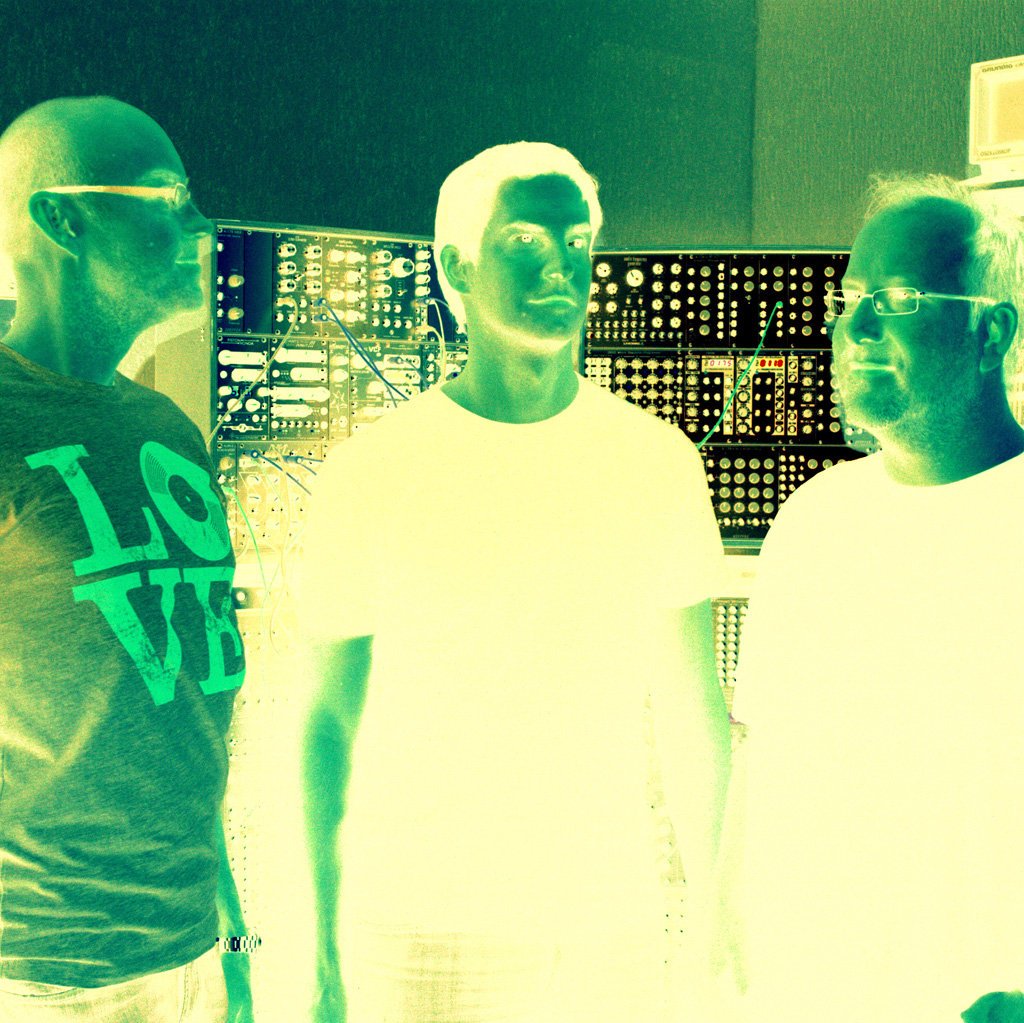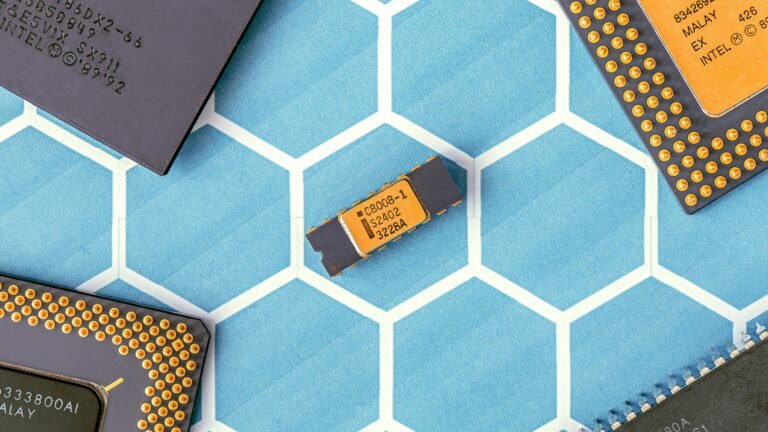
Drøn: Pioneering the Frontiers of Experimental Electronic Music
Drøn stands as one of the most enduring and influential names in German experimental electronic music, representing nearly three decades of sonic exploration at the intersection of ambient, IDM, and electro. Formed in the summer of 1997, this collaborative project between Christoph Abert, Ingo Zobel, and Frederik Dahlke has consistently pushed the boundaries of electronic composition while maintaining a distinctive identity rooted in spacious, atmospheric soundscapes.
Origins and Formation
The trio came together during a pivotal moment in electronic music history, emerging from Germany’s thriving late-90s scene that was witnessing the evolution of ambient and intelligent dance music. Their collaborative approach from the outset distinguished them from solo electronic artists, bringing together three distinct creative voices to forge a unified sonic vision.
The Elektrolux Years: Establishing a Legacy
Drøn’s relationship with Elektrolux, the renowned German electronic label, proved instrumental in establishing their reputation within the international electronic music community. Their debut album “Parsec” arrived in 2000, setting the template for their signature sound characterized by clicking, mutating beats, occasionally incomprehensible song titles, and what critics described as “an up-front (if detached) melodicism”.
The album featured nine tracks including “Trilian,” “Rem,” “Kito,” “Gnat,” “Reboard,” “Wahtak,” “Taerk,” “Jabha,” and “Pheon,” each exploring different facets of their experimental electronic palette. Notably, their track “Rem” gained significant exposure as the opening piece for Space Night Earthviews 7, a testament to their ability to create music that resonated beyond traditional electronic music circles.
“Xenologix” followed in 2001, continuing their exploration of ambient-inflected IDM while demonstrating their evolution as composers. This sophomore effort solidified their reputation for creating what AllMusic described as tracks that separated them “from the hordes of alienating Autechre clones” through their commitment to accessible yet sophisticated electronic composition.
Mikrolux and Creative Expansion
The transition to Mikrolux, a sublabel of Elektrolux, marked a new chapter in Drøn’s discography with the release of both the “Eve Shores” EP and their third full-length album “Homeworld” in 2002. “Homeworld” represented perhaps their most cohesive statement, featuring eleven tracks across 65 minutes that showcased their mastery of ambient IDM composition.
The album’s tracklist including “Base 54,” “Hamaya Beach,” “Halo,” “Aerosol,” “Nano,” “Impulse,” “Recon Sat,” “Bleen,” “Lag,” “Lander,” and “Probe” demonstrated their ability to create evocative soundscapes through cryptic titles that suggested science fiction narratives and cosmic themes. The album was notable for its spacious production and the seamless integration of electronic textures with organic atmospheres.
The Signalform Interlude
In 2006, the trio temporarily adopted the Signalform moniker, releasing “Private Channel” on Shima Records. This project represented a conscious shift in their creative identity while maintaining their core aesthetic principles. The album was followed by “Understanding Media”, a collaboration with Tachikoma released on Lovethechaos in 2007, demonstrating their willingness to engage with other electronic artists while expanding their sonic palette.
The Signalform period allowed the group to experiment with different approaches to electronic composition while maintaining their reputation for sophisticated, atmospheric music that bridged the gap between dancefloor functionality and home listening.
Return to Drøn and Contemporary Works
Resuming the Drøn identity in 2013, the trio released “Hd 188753”, a limited ambient CD-R that marked their return to more explicitly atmospheric composition. The album featured nine tracks including “Three Suns,” “Memories of Earth,” “Frozen Passage,” “Metamorphosis,” “Surface Probe,” “Comet X/1997 N3,” “Gamma Ray Impact,” “Star Bathing,” and “Dreamstate Interface,” each exploring cosmic themes through immersive soundscapes.
Their contribution to “Die Welt Ist Klang: A Tribute to Pete Namlook” with the track “Polarwind” demonstrated their continued relevance within the international ambient and electronic music community. This eight-disc tribute compilation, released by Carpe Sonum Records, featured contributions from over 100 artists and highlighted Drøn’s standing among electronic music’s most respected practitioners.
“Comm”, released by Carpe Sonum in 2015, marked their fourth proper album and featured fourteen tracks that showcased their continued evolution. The album included compositions such as “Crosslink,” “Flang,” “Alph,” “Modula,” “Robotik,” “Rolling Hills,” “Sdace Cerew,” “Scramble,” “Sternengleiter,” “Deep Storage,” “Terminal,” “Intercom Meeting,” “Radiant Haze,” and “Observer”.
Current Era: Science Cult and “Numerator”
The group’s most recent major release, “Numerator”, appeared on Science Cult in 2025, demonstrating their continued creative vitality nearly three decades after their formation. This thirteen-track album features compositions including “Tektite,” “Brim,” “Tase,” “Hunting,” “Isochrone,” “Troid,” the title track “Numerator,” “Reactance,” “Noon,” “Lancet,” “Shimmy,” and “Perihelion”. The album was accompanied by a remix package featuring reworkings by Syrte and Maude Vôs, highlighting the continued relevance of their compositions within contemporary electronic music.
Musical Characteristics and Influences
Throughout their career, Drøn has been heavily influenced by pioneering electronic artists such as Atom Heart and Pete Namlook, whose approach to ambient and experimental electronic music provided a template for their own explorations. Their sound consistently features spacious arrangements that allow individual elements to breathe, creating what critics have described as meditative yet engaging electronic compositions.
The trio’s approach to composition emphasizes the creation of atmospheric environments rather than traditional song structures, using electronic textures to suggest narratives and emotional states. Their track titles, often cryptic and science fiction-inspired, complement the music’s ability to evoke otherworldly landscapes and technological visions.
Legacy and Influence
Drøn’s nearly three-decade career has established them as one of the most consistent and innovative voices in German electronic music. Their ability to evolve while maintaining their core aesthetic has allowed them to remain relevant across multiple generations of electronic music enthusiasts. From their early Elektrolux releases through their contemporary work on Science Cult, they have demonstrated a commitment to electronic music as both art form and sonic exploration.
Their contribution to the Pete Namlook tribute compilation and their continued activity on respected labels like Carpe Sonum and Science Cult demonstrates their ongoing relevance within the international ambient and electronic music communities. As electronic music continues to evolve, Drøn’s dedication to atmospheric composition and collaborative creativity ensures their position as enduring pioneers of experimental electronic music.
Through their extensive discography spanning multiple labels and creative periods, Drøn has created a body of work that serves as both a document of electronic music’s evolution and a testament to the possibilities of collaborative electronic composition. Their influence extends beyond their immediate contemporaries, inspiring new generations of electronic musicians to explore the outer reaches of ambient and experimental sound.











